Fall Foliage can be Subtle
By mid-October, we finally drove to New England in search of the fall foliage that just was not arriving in Riverdale. All that changed by mid-November and the neighborhood is dazzling. We have been gifted with beautiful weather, chill but filled with bright and penetrating sunlight. Although we usually talk of fall foliage in terms of reds and oranges and yellows, the color mixes are considerably more subtle and beautiful.
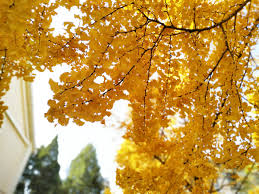
My hosta leaves have turned bright yellow with an undertone of brown, many of the formerly deep green leaves on trees have converted back to a pastel shade of green, and one of my Japanese maples has leaves that prove that not all light reds are pink. Instead, the color is considerably more complex, rosy with a light yellow undertone.
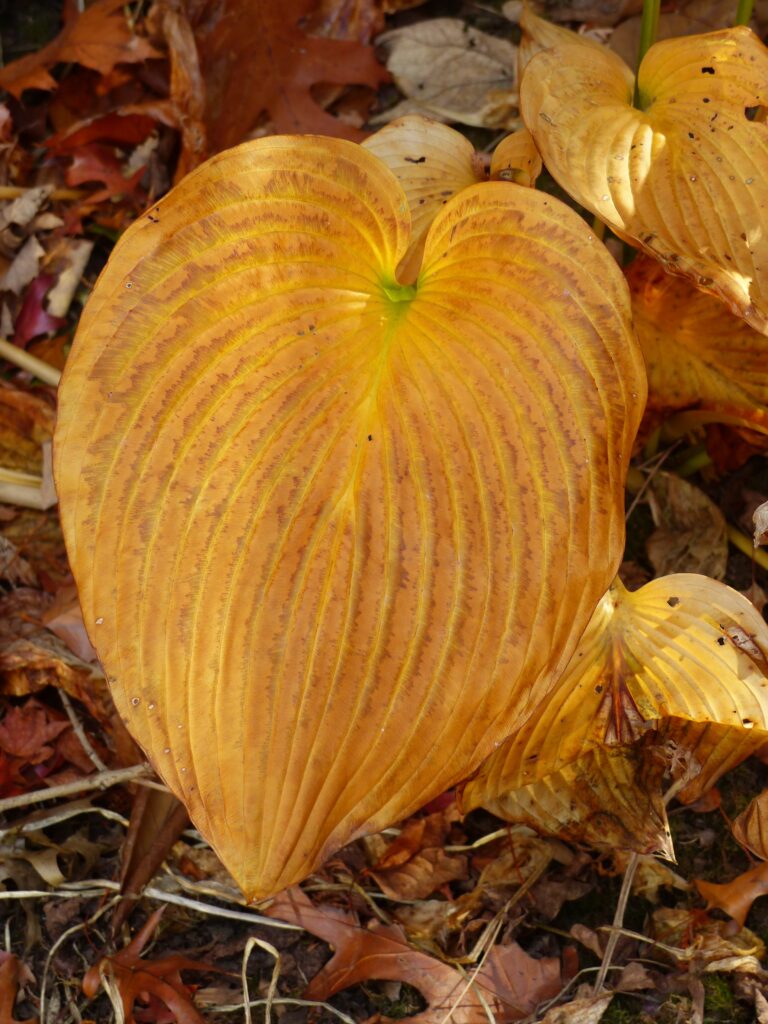
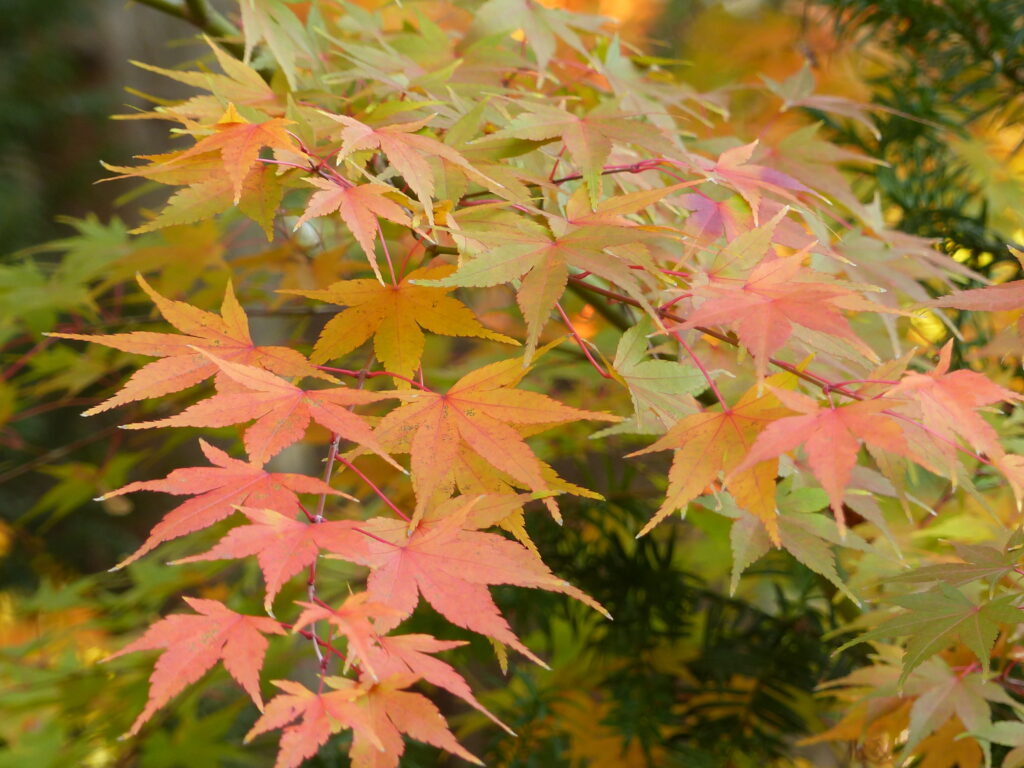
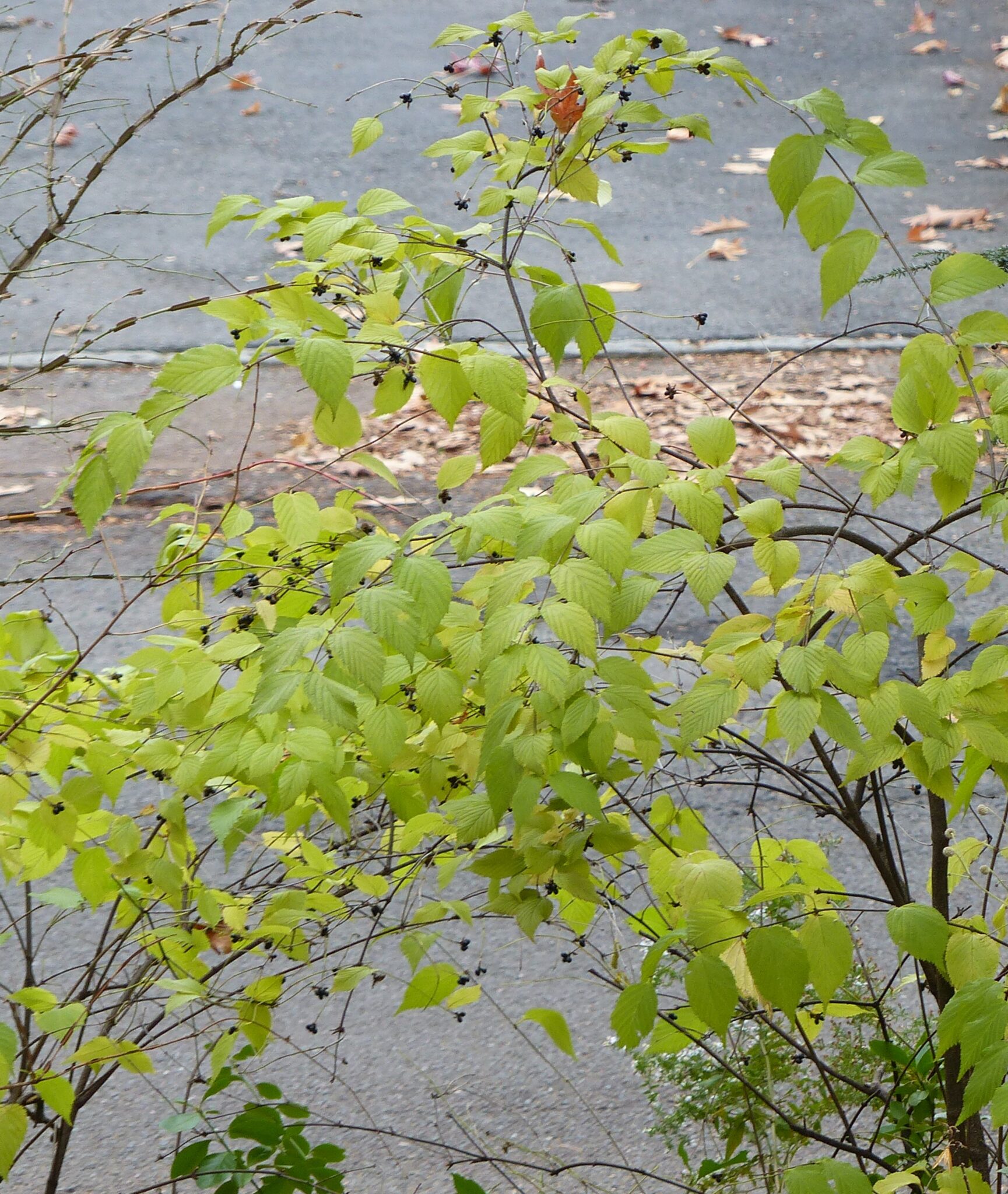
Urban Street Trees
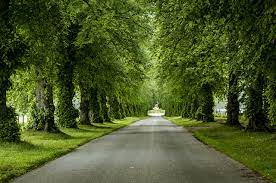
For many city residents, street trees are the most accessible gauge of fall foliage. We generally take street trees for granted as a natural aspect of urban living. While trees for shade and fruit have been planted since ancient times, street trees were introduced much more recently. The role of trees in moderating temperature in the urban environment was already understood in the 1870s. Dr. Stephen Smith tried to bring to the attention of New York City government the results of a study showing the correlation between high summer temperatures and childhood deaths from infectious diseases. Although it took many years until a tree planting program was officially undertaken, private efforts began much earlier.
Clearly there are many factors that need to be taken into account when planting street trees, from both a botanical and human perspectives. Botanical considerations include eventual size at maturity, available water, soil condition, and the amount of soil available to the growing tree. Human considerations include objections to the blocking of natural light into apartments, blocking of store signs, and even attracting birds since ,in addition to welcome birdsong, birds also leave unwelcome droppings.
Our Local Gingkoes
This brings me to my favorite street tree – the gingko (Gingko biloba). If you are lucky, you can still see them cloaked in golden leaves on Riverdale Avenue from W. 261St St. to W. 260th St., as well as in front of PS 81, Robert J. Christen School.
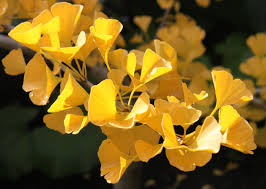
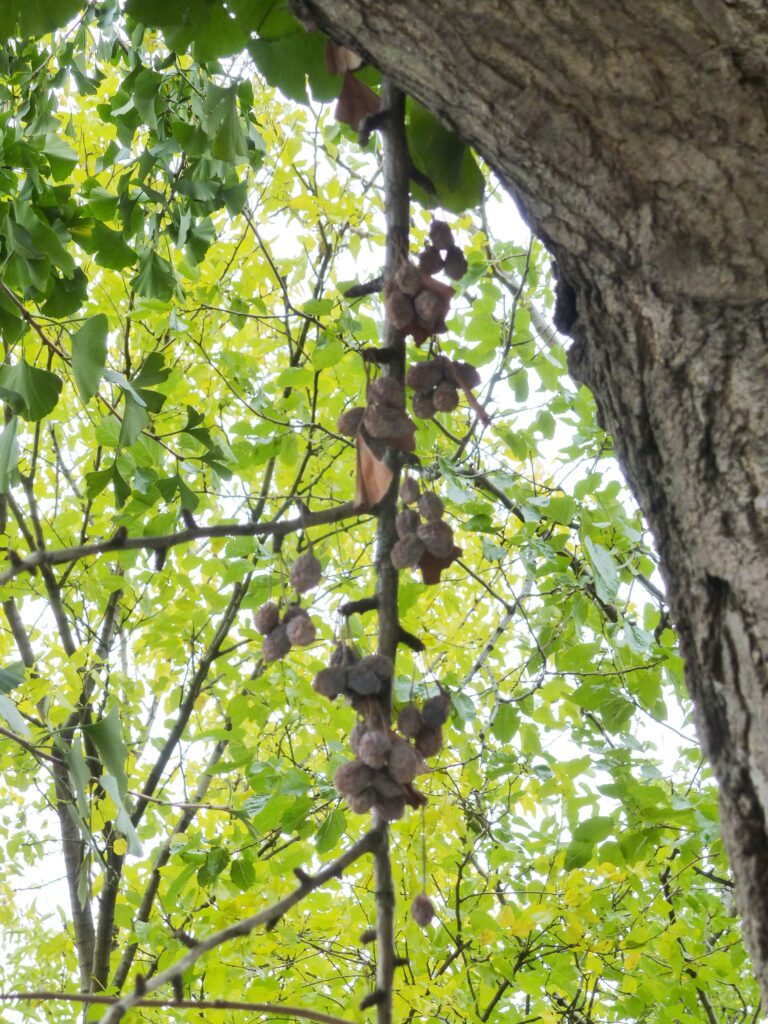
I have been fascinated by them for years,, by the unique shape and grace of their leaves, by its long evolutionary history and even by its strange smelly fruit. For those with the same fascination, may I recommend Peter Crane’s 2013 book, Ginkgo.
Street Tree Difficulties
The ginkgoes, (there are various accepted spellings) have had an honored history as street trees. Despite the terribly polluted air in early 19th century London, gingkoes were able to grow and thrive thereby giving them the reputation for ruggedness necessary for a reasonable lifespan as an urban planting. Although many trees chosen for city planting live between 50 and 400 years in the wild, the average lifespan under urban conditions is about ten years. Gingkoes, however, manage the soil compaction and the air pollution well enough that they can sometimes live hundreds of years.
With the recognition of the difficult conditions that street trees have to deal with, there is new planting innovation – the Silva Cell– which was developed to allow urban trees the necessary access to non-compacted soil thereby allowing the trees to grow larger and live longer. As a side benefit this new planting method also helps prevent massive runoff during heavy rainstorms.

Stinky Flowers and Fruit
With such a smelly pulpy covering on the fruit, the obvious question is, “What animal can possibly eat this?!” However, it pays to contemplate the fact that this is not the only plant with an unattractive scent. Other examples include the Corpse Flower, Amorphophallus titanum and Skunk Cabbage, Symplocarpus foetidus . In both of these cases, the flower scent attracts beetle and flies that act as pollinators.
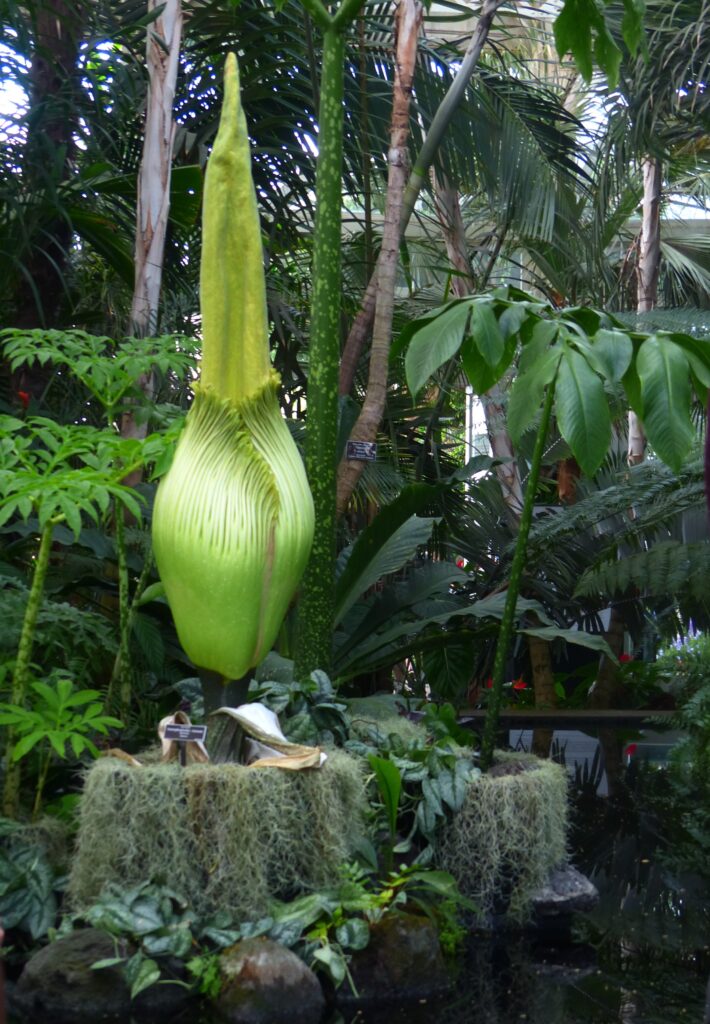
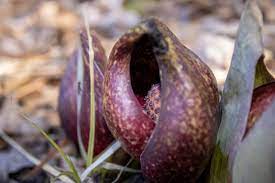
Although gingkoes are wind-pollinated, they do require seed dispersal. This would entail some animal eating the seed inside the pulp and depositing the seed at a distance from the mother tree. While there are records of badgers and civet cats eating the seed, the only urban animal that seems to eat them with their pulp are squirrels.
However, I discovered one naturalist who showed that the intact seed can be found in coyote scat (feces). The role of coyotes may explain something odd that happened in my garden. While I have germinated my own gingko seed over the years, I recently found five seedlings bunched together growing at the base of a maple in my garden. I certainly did not plant them but we have seen coyotes in the neighborhood. Maybe they are the accidental gardeners.
Grow Your Own Gingko
Several years ago I started collecting gingko seeds from the base of the mother trees. The seeds minus the smelly pulpy coating have no scent and looks much like a pistachio nut in the shell. Apparently, one should be careful, however, about handling the seed with the intact pulp as it can cause skin irritation at the level of poison ivy.
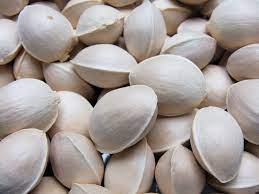
I have germinated many seeds fairly easily and now have several babies that are about three feet tall and four / five years old. It seems that the seeds probably do require cold stratification in order to germinate.
With this year’s endless fall, I have already collected many seeds and have left them outdoors to chill. Since I have so many seedlings already growing in my garden, I would be happy to share seeds with anyone local who would like to plant a tree, the ancestors of which were around in the time of the dinosaurs.
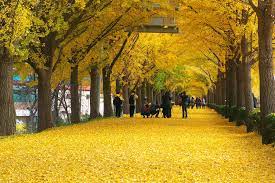
Should anyone in the meanwhile go looking for our Riverdale gingkoes and find that the leaves have all fallen, there is one final interesting fact. Most trees lose their leaves gradually. Gingkoes seem to drop all their leaves over a matter of just a few hours. Check the ground for a lovely carpet of those beautiful golden leaves.
To read more essays on natural history, check out my book A Habit of Seeing: Journeys in Natural Science.
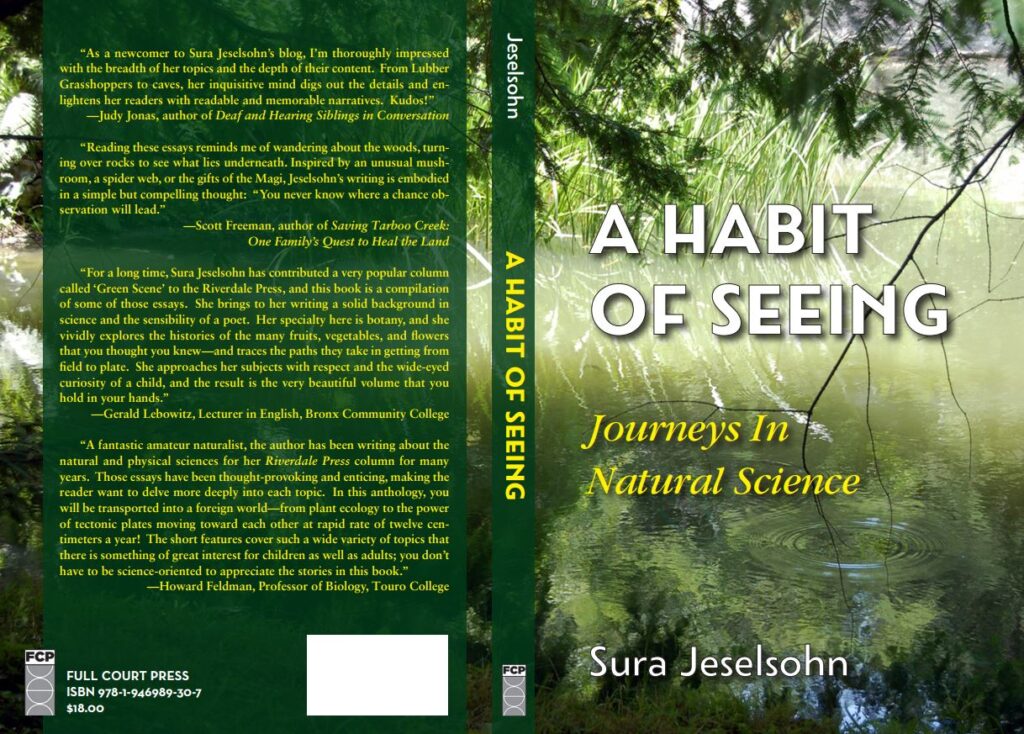
What a delightful post! You’ve taught me several things about street trees that I didn’t know before. And it’s so nice to learn that we are getting better at living with nature.